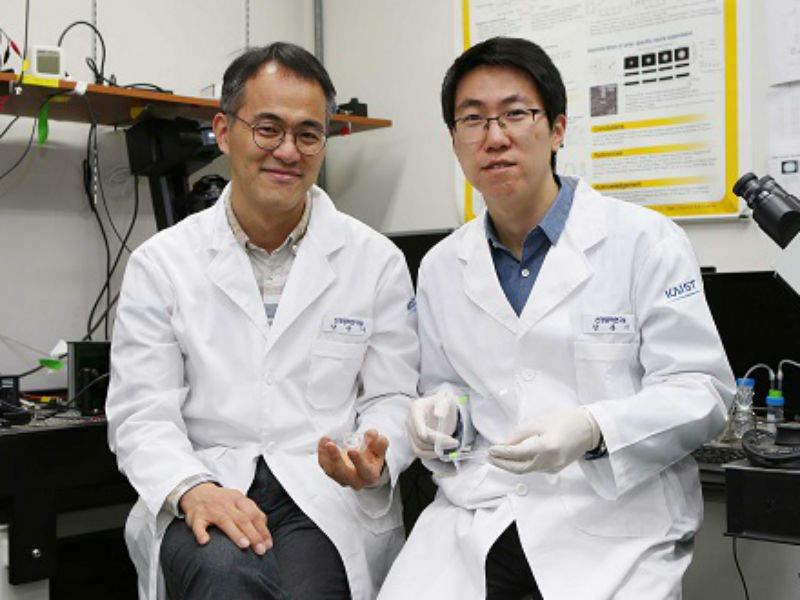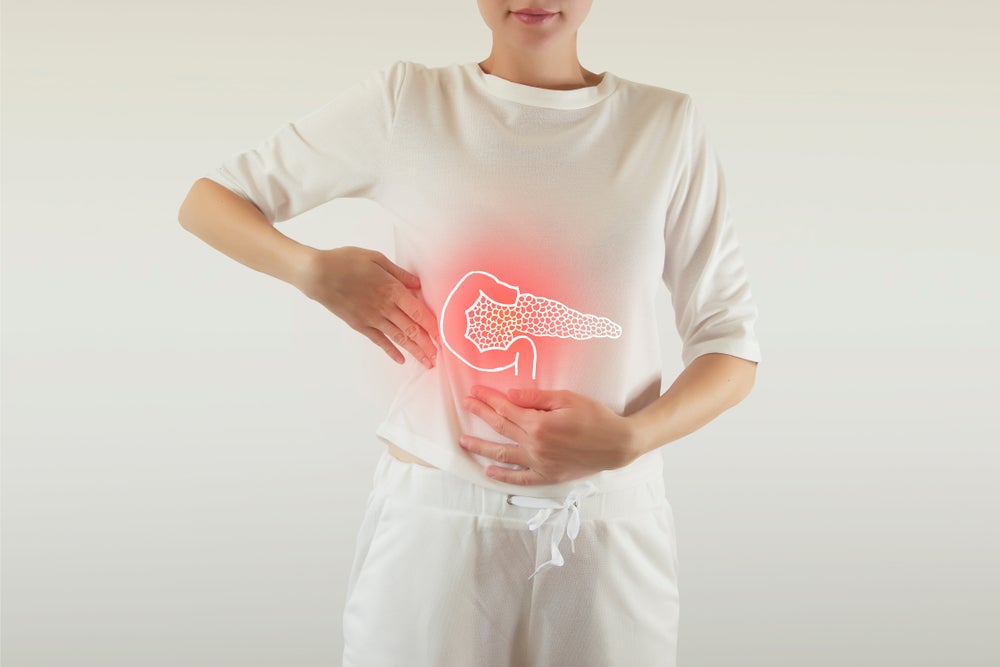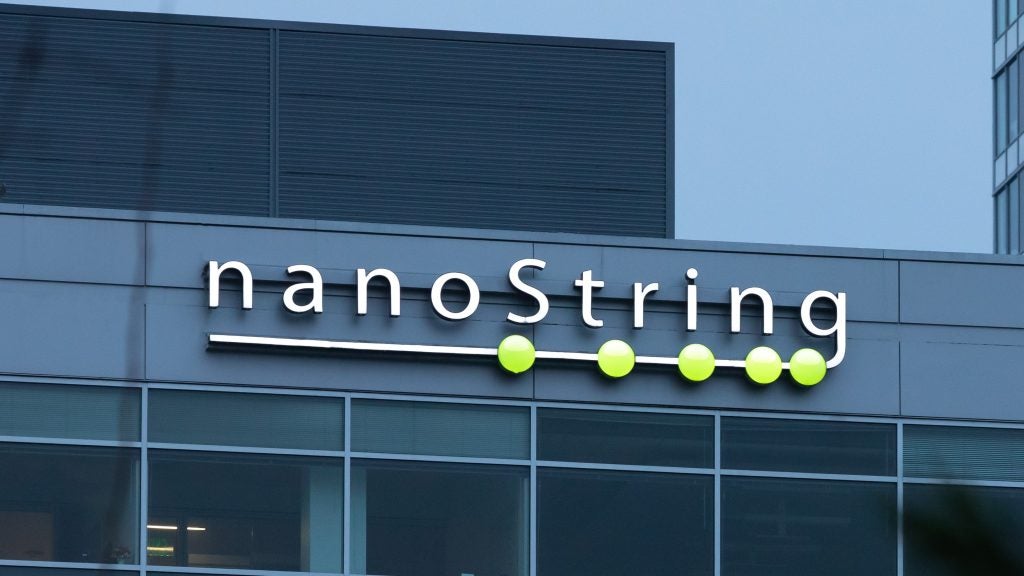
Researchers from the Korea Advanced Institute of Science and Technology (KAIST) in South Korea have developed a new selective nano-photothermal neural stimulation technique to allow the remote control of biological activities.
The method involves a combination of precision inkjet printing technology and bio-functional thermo-plasmonic nanoparticles to print heat patterns on a micron scale.
Led by Dr Hongki Kang, the team based the new approach on their previous finding that photothermal stimulation has an inhibitory impact on the spontaneous activities of neurons.
They designed the method to leverage the metal nanoparticles’ thermo-plasmonic effect to regulate the neuronal network activities. The effect allows the particles to absorb a certain illuminated light wavelength to produce localised heat.
With the technique, the researchers intend to control hyperactive behaviours of neurons and neural circuits that are commonly associated with neurological disorders.
Furthermore, the team demonstrated the working of the printing technique even with thin and flexible substrates, meaning that it can be easily used with implantable and wearable devices.
How well do you really know your competitors?
Access the most comprehensive Company Profiles on the market, powered by GlobalData. Save hours of research. Gain competitive edge.

Thank you!
Your download email will arrive shortly
Not ready to buy yet? Download a free sample
We are confident about the unique quality of our Company Profiles. However, we want you to make the most beneficial decision for your business, so we offer a free sample that you can download by submitting the below form
By GlobalDataThe method is expected to additionally facilitate customised and personalised precision neuromodulation therapy through application to target areas in patients suffering from neurological conditions.
KAIST Bio and Brain Engineering department professor Yoonkey Nam said: “The fact that any desired heat patterns can be simply ‘printed’ anywhere broadens the applicability of this technology in many engineering fields.
“In bioengineering, it can be applied to neural interfaces using light and heat to modulate physiological functions. As another engineering application, for example, printed heat patterns can be used as a new concept of anti-counterfeit applications.”







